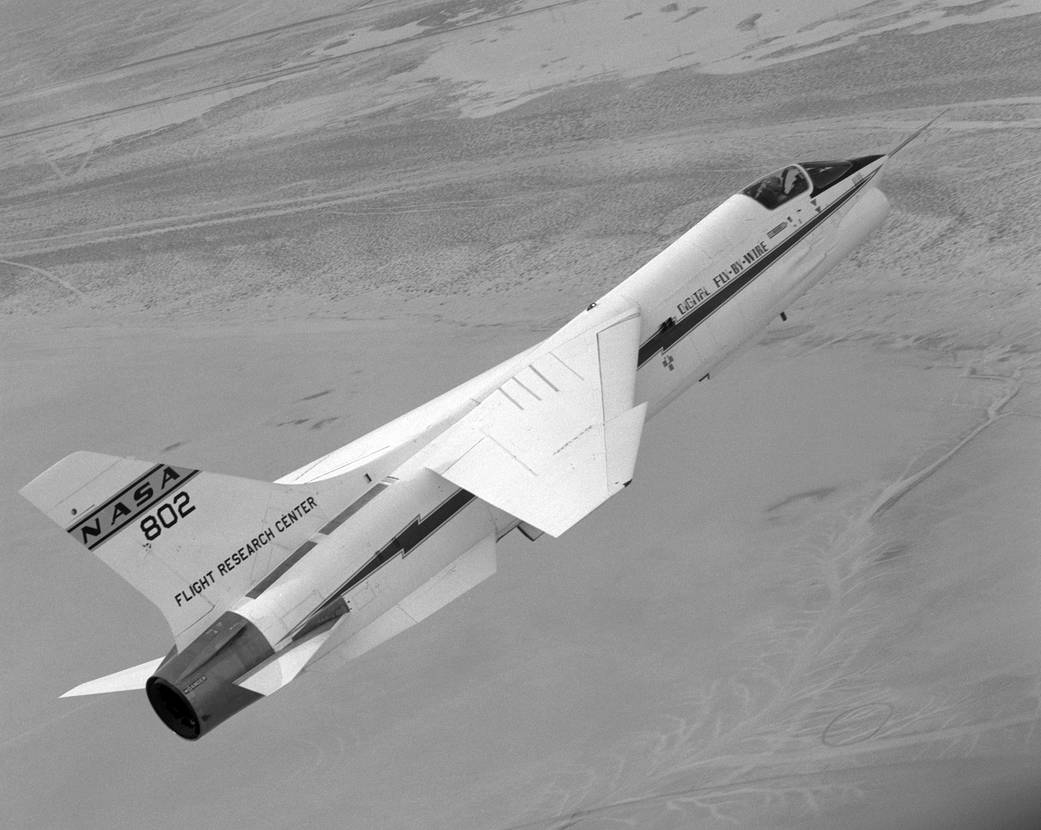The Digital Fly-By-Wire (DFBW) concept uses an electronic flight-control system coupled with a digital computer to replace conventional mechanical flight controls.
The first test of a DFBW system in an aircraft was in l972 on a modified F-8 Crusader at the Flight Research Center, Edwards, CA (now Armstrong Flight Research Center). It was the forerunner of the fly-by-wire flight control systems now used on the Space Shuttles and on today’s military and civil aircraft to make them safer, more maneuverable, and more efficient. It was safer because of its redundancies and because, for military aircraft, wires were less vulnerable to battle damage than the hydraulic lines they replaced. It was more maneuverable because computers could command more frequent adjustments than a human pilot and designers could do away with features that made the plane more stable and thus harder to maneuver.
For airliners, computerized flight control could also ensure a smoother ride than a human pilot alone could provide. Finally, digital fly-by-wire was more efficient because it was lighter and took up less volume than hydraulic controls and thus either reduced the fuel required to fly with the extra weight and/or permitted carrying more passengers or cargo. It also required less maintenance than older systems…Learn more
The F-8 Digital Fly-By-Wire is currently on display at Armstrong Flight Research Center at Edwards, California.



























